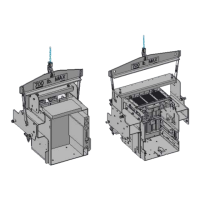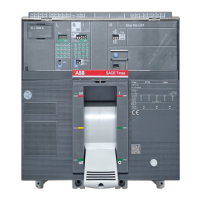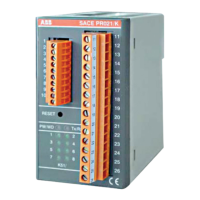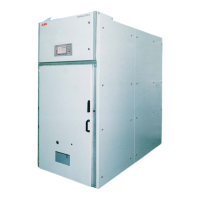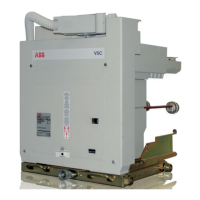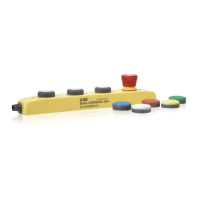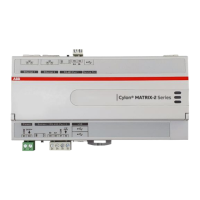ABB REL 356 Current Differential Protection
4-4
Measuring Elements and Operational Logic
Data Communication
The REL 356 sampling rate is 12 samples per cycle. After A/D conversion, the phase currents are converted into the
composite current IT and sent over to the remote end. A data frame is sent 4 times per cycle and the differential
evaluation is performed with the same frequency. The data frame consists of 32 bits organized as follows:
Figure 4-4. Data Frame
The significance of the bits is as follows:
Bit 0 sync
Bit 1-2 special code (normal, open breaker, Direct Transfer Trip, Disable)
Bit 1-6 automatic time delay measurement performed every 64 msec
Bit 3-6 unit ID
Bit 7-22 fault data
Bit 23-31 CRC, Cyclic Redundancy Check
9600 bps Audiotone Interface
The audiotone interface has a built-in modem that enables the REL 356 to be connected directly to an analog channel
such as leased phone line, microwave or metallic pilot wire. The modem operates at 9600 bps using Quadrature Ampli-
tude Modulation (QAM) at a carrier frequency of 1,700 Hz. The transmit level is settable between – 1 dBm and –15 dBm.
Maximum receiver sensitivity is –43 dBm.
56/64 kbps Digital Communication Interfaces
The digital communication interfaces allow communication via 850 nm multi-mode or 1300 nm single-mode dedicated
fiber. The direct digital interface allows connection to a multiplexer (MUX). Settings for selection of 56 or 64 kbps and
internal or external clock synchronization are provided. Applications with dedicated fiber use internal clock (INT) and
applications with multiplexers use external clock (EXT) as this signal is provided by the MUX.
Adaptive Communication Channel Delay Measurement
The REL 356 continuously measures and updates the channel delay. A measurement is performed every 64 msec,
independently from each line end. This loop delay is then divided by two and entered into the differential algorithm to
compensate for the actual channel delay.
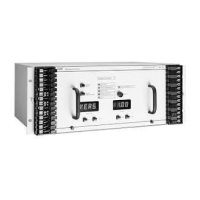
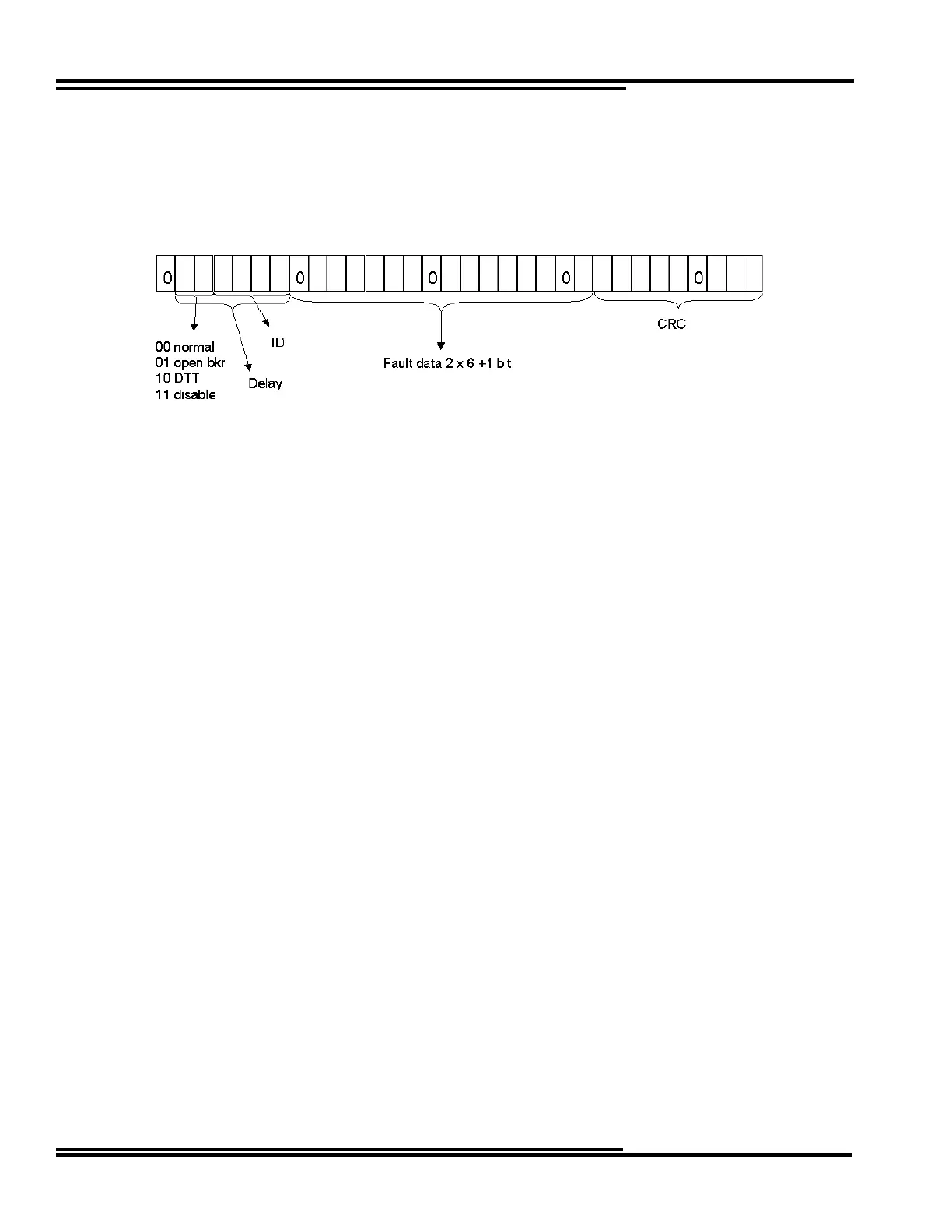